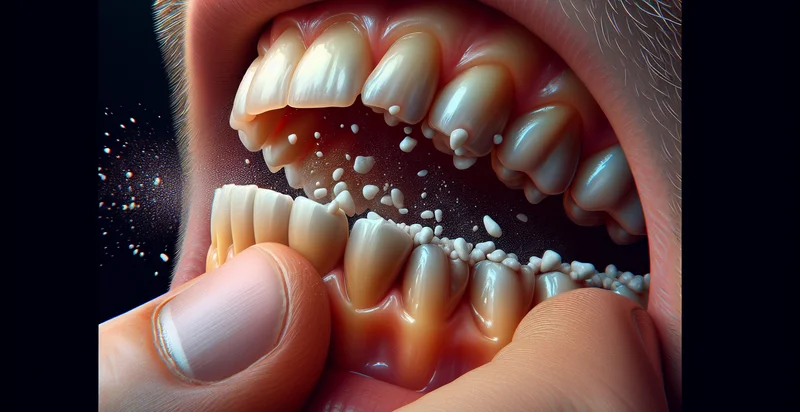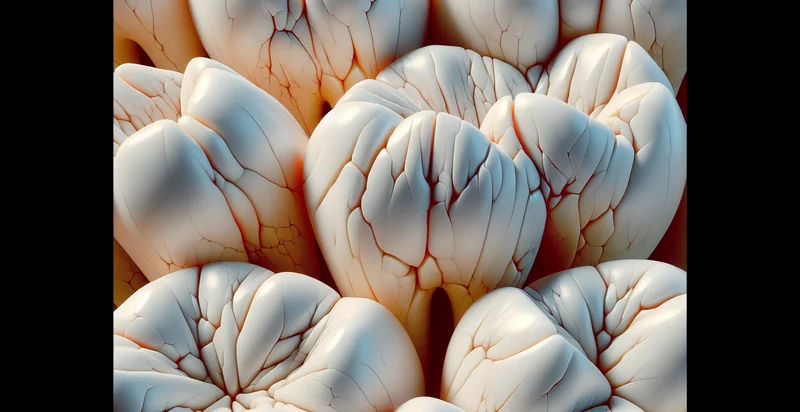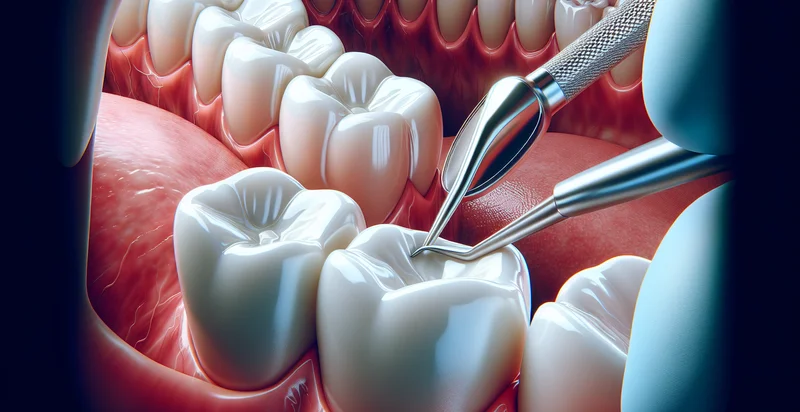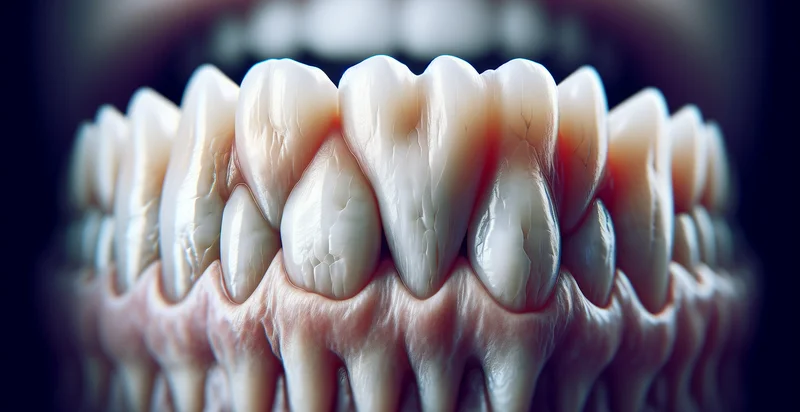Identify tooth grinding
using AI
Below is a free classifier to identify tooth grinding. Just upload your image, and our AI will predict if a person is grinding their teeth - in just seconds.

Contact us for API access
Or, use Nyckel to build highly-accurate custom classifiers in just minutes. No PhD required.
Get started
import nyckel
credentials = nyckel.Credentials("YOUR_CLIENT_ID", "YOUR_CLIENT_SECRET")
nyckel.invoke("tooth-grinding", "your_image_url", credentials)
fetch('https://www.nyckel.com/v1/functions/tooth-grinding/invoke', {
method: 'POST',
headers: {
'Authorization': 'Bearer ' + 'YOUR_BEARER_TOKEN',
'Content-Type': 'application/json',
},
body: JSON.stringify(
{"data": "your_image_url"}
)
})
.then(response => response.json())
.then(data => console.log(data));
curl -X POST \
-H "Content-Type: application/json" \
-H "Authorization: Bearer YOUR_BEARER_TOKEN" \
-d '{"data": "your_image_url"}' \
https://www.nyckel.com/v1/functions/tooth-grinding/invoke
How this classifier works
To start, upload your image. Our AI tool will then predict if a person is grinding their teeth.
This pretrained image model uses a Nyckel-created dataset and has 2 labels, including Grinding Evident and No Grinding.
We'll also show a confidence score (the higher the number, the more confident the AI model is around if a person is grinding their teeth).
Whether you're just curious or building tooth grinding detection into your application, we hope our classifier proves helpful.
Related Classifiers
Need to identify tooth grinding at scale?
Get API or Zapier access to this classifier for free. It's perfect for:
- Dental Health Monitoring: The tooth grinding identifier can be integrated into dental health apps to help patients track their grinding habits over time. By providing users with insights into their occurrences of bruxism, the application can encourage timely dental consultations and preventative measures.
- Insurance Claims Processing: Insurance companies can utilize the tooth grinding identifier to assess claims related to dental damage or disorders. By accurately determining instances of tooth grinding, insurers can make more informed decisions regarding coverage and compensation for treatments.
- Sleep Disorder Assessment: Sleep specialists can employ the tooth grinding identifier as a tool for diagnosing sleep-related issues. This function can help identify correlations between bruxism and other sleep disorders, contributing to more effective treatment plans.
- Product Development for Dental Devices: Manufacturers of dental guards or interventions can use the tooth grinding identifier to tailor their products for specific user needs. By understanding the prevalence and severity of tooth grinding, companies can innovate personalized solutions for affected individuals.
- Employee Health and Wellness Programs: Employers can implement tooth grinding identification in health and wellness initiatives. By analyzing data on bruxism among employees, organizations can provide support resources, such as stress management workshops and dental care programs.
- Behavioral Health Insights: Psychologists and counselors can leverage the tooth grinding identifier to gain insights into patients' stress and anxiety levels. By recognizing patterns in bruxism, practitioners can address underlying emotional issues and recommend coping strategies.
- Dental Research and Studies: Researchers in dentistry can utilize the tooth grinding identifier for large-scale studies on bruxism prevalence and its impacts. This data can lead to advancements in understanding the causes and correlations of tooth grinding, influencing future treatments and preventative care strategies.


